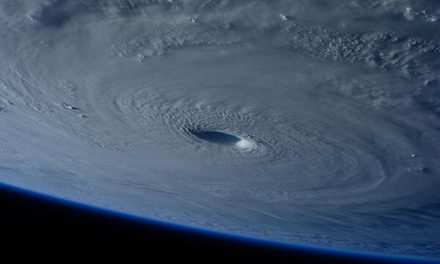Statistics Canada (Statscan,) the Canadian national statistics agency, announced that it has changed the weights for the goods and services featured in the country’s Consumer Price Index (CPI) as of Tuesday, June 20th.
During its annual reweighing of items in the CPI, the prices of food and fuel, gasoline in particular, were given priority. This reflects changes that occurred in 2022 in comparison with those from 2021, and essentially considers the Canadian economy’s ongoing recovery from the economic impact of the pandemic.
According to the Statscan announcement, while consumer spending inched towards pre-pandemic levels in 2021, it has risen considerably over the past year. Indeed, a number of areas are drawing close to their pre-pandemic weight shares in the CPI.
One reason for this change is the way inflation in the country has fallen from 8.1%, its highest in almost four decades, last year to around 4.4% as of last month. However, Canada’s inflation rate is still higher than the 2% target set by its central bank.
What Has Changed?
Gasoline now accounts for about 4.27$ of inflation in Canada, a significant increase from its previous weight of 3.47%. This was primarily driven by the way gas prices have increased due to higher demand and the reduction of imports due to the Russian invasion of Ukraine.
Incidentally, gasoline also makes up a major part of the CPI’s transportation component which has grown the most compared to the other eight primary areas for a second year in a row. Transportation’s weight in the CPI has grown from 16.16% last year to 16.94% this year.
Food has also upped its share in the CPI, jumping from 15.75% to 16.13% thanks to increased sales at restaurants following the relaxing of pandemic measures.
Shelter, however, fell to just 28.22% compared to the previous figure of 29.67%. Its weight was affected by lower rental costs caused by the cooling of the Canadian housing market.















